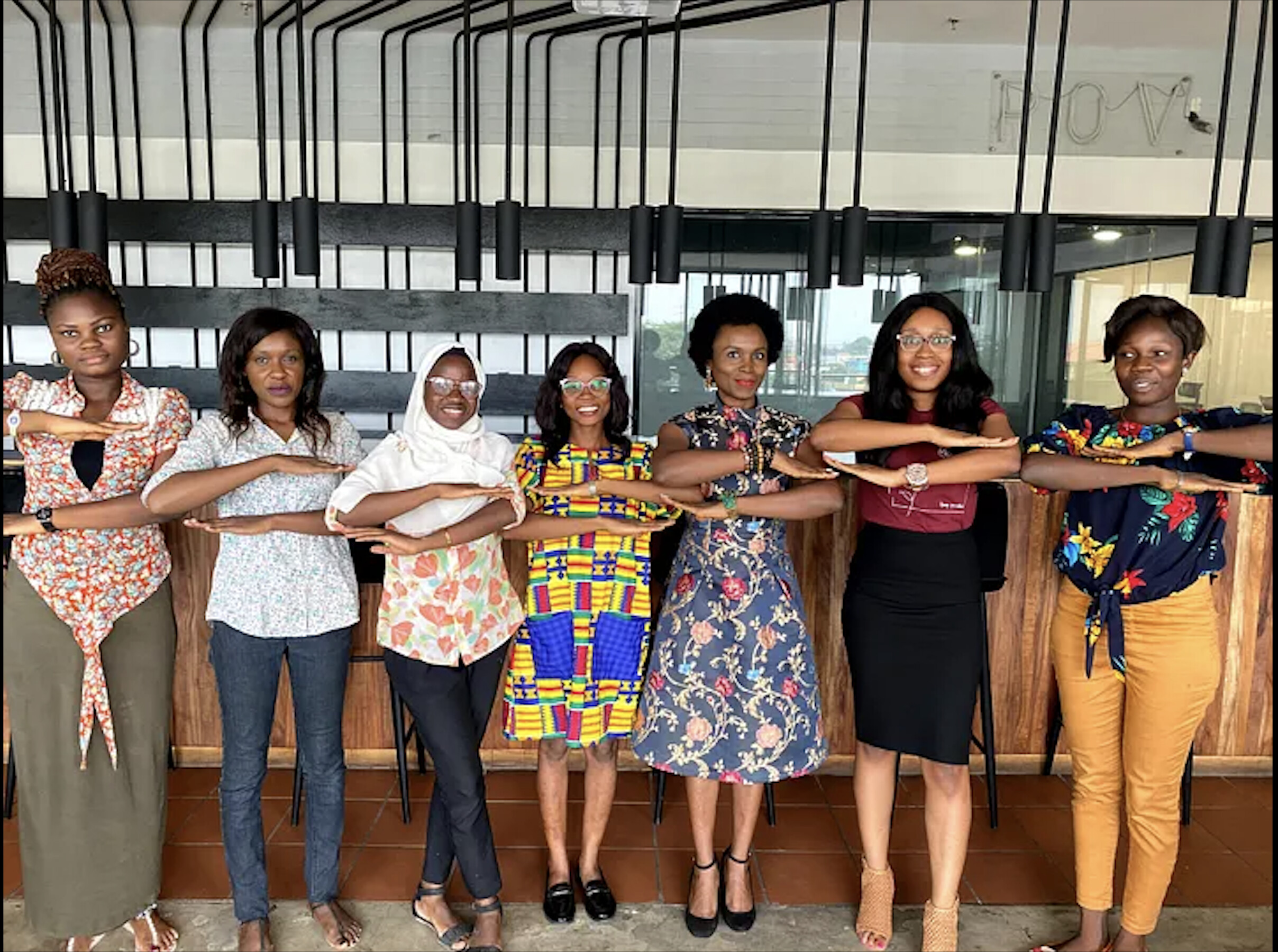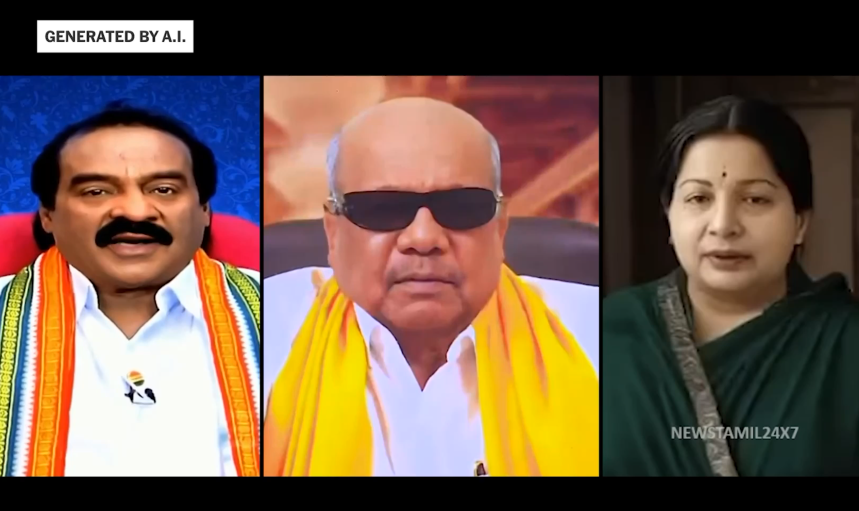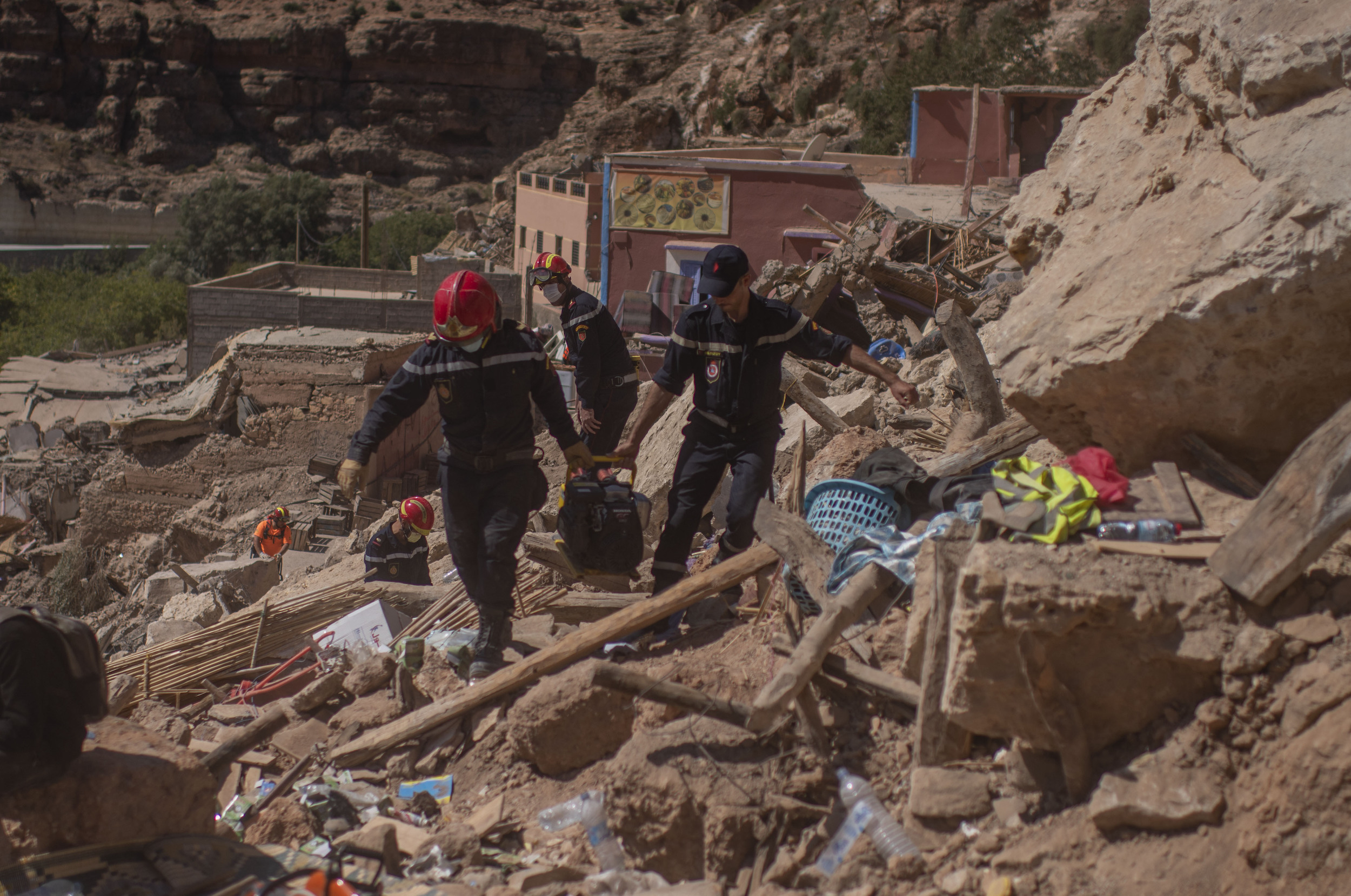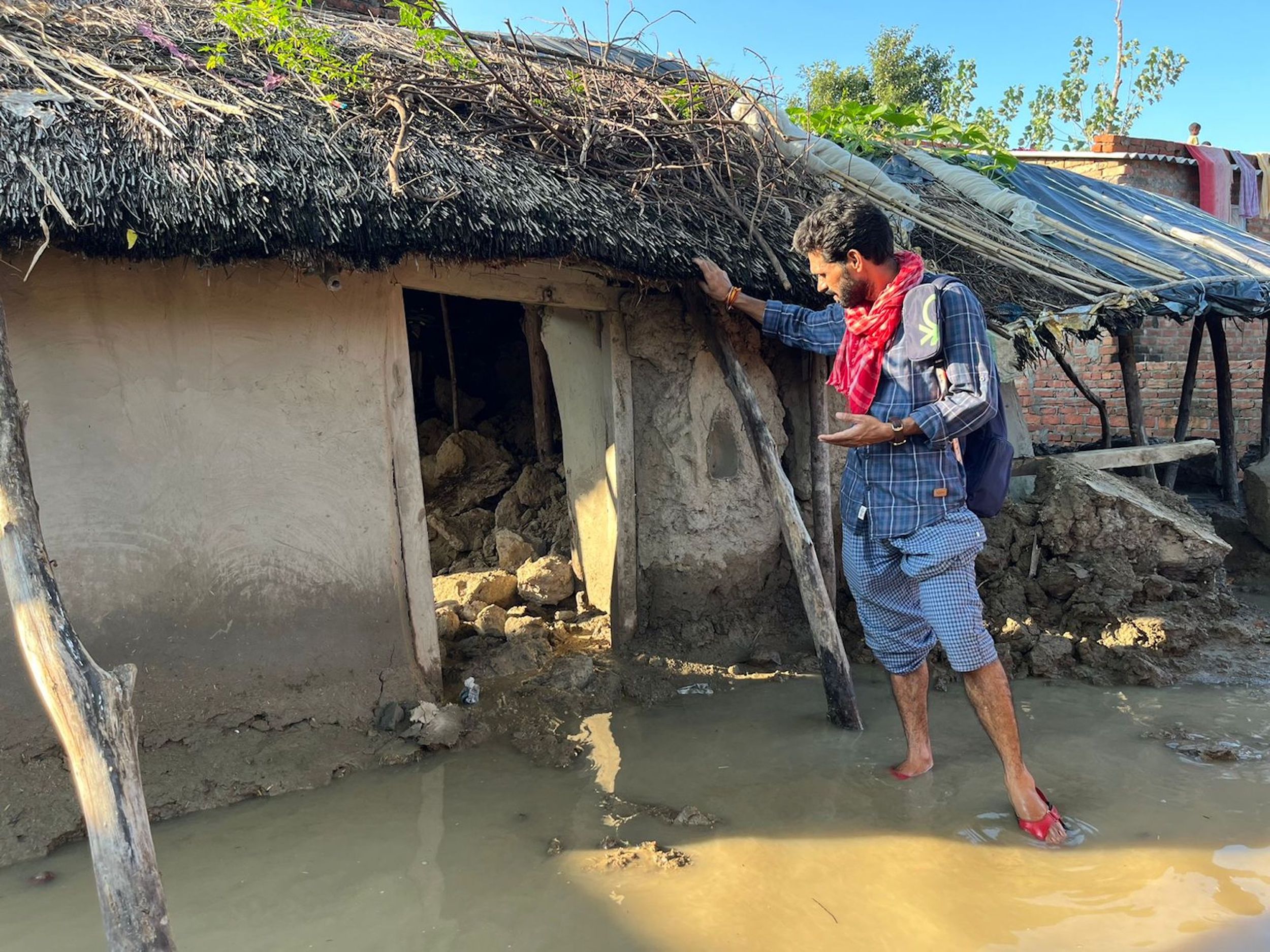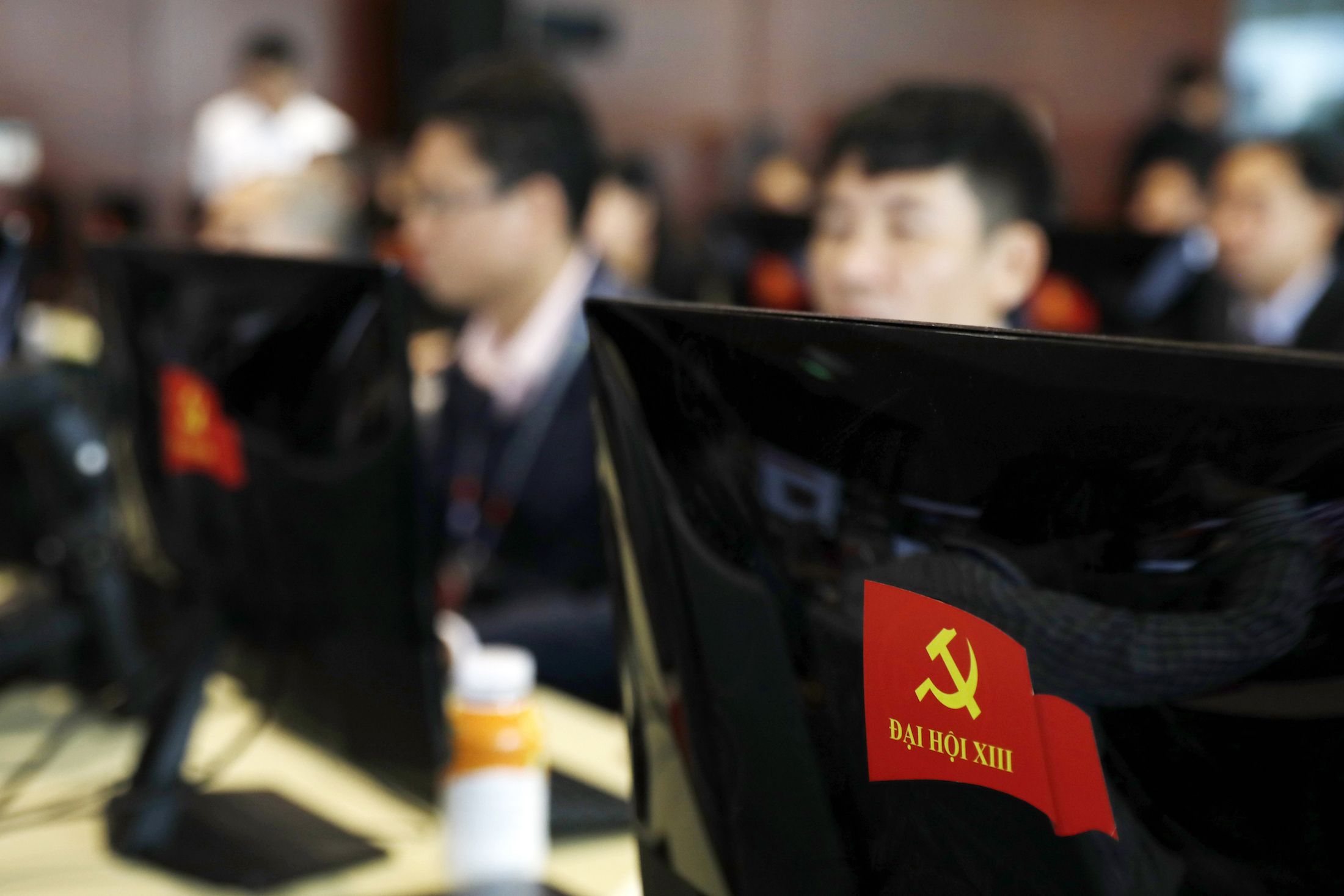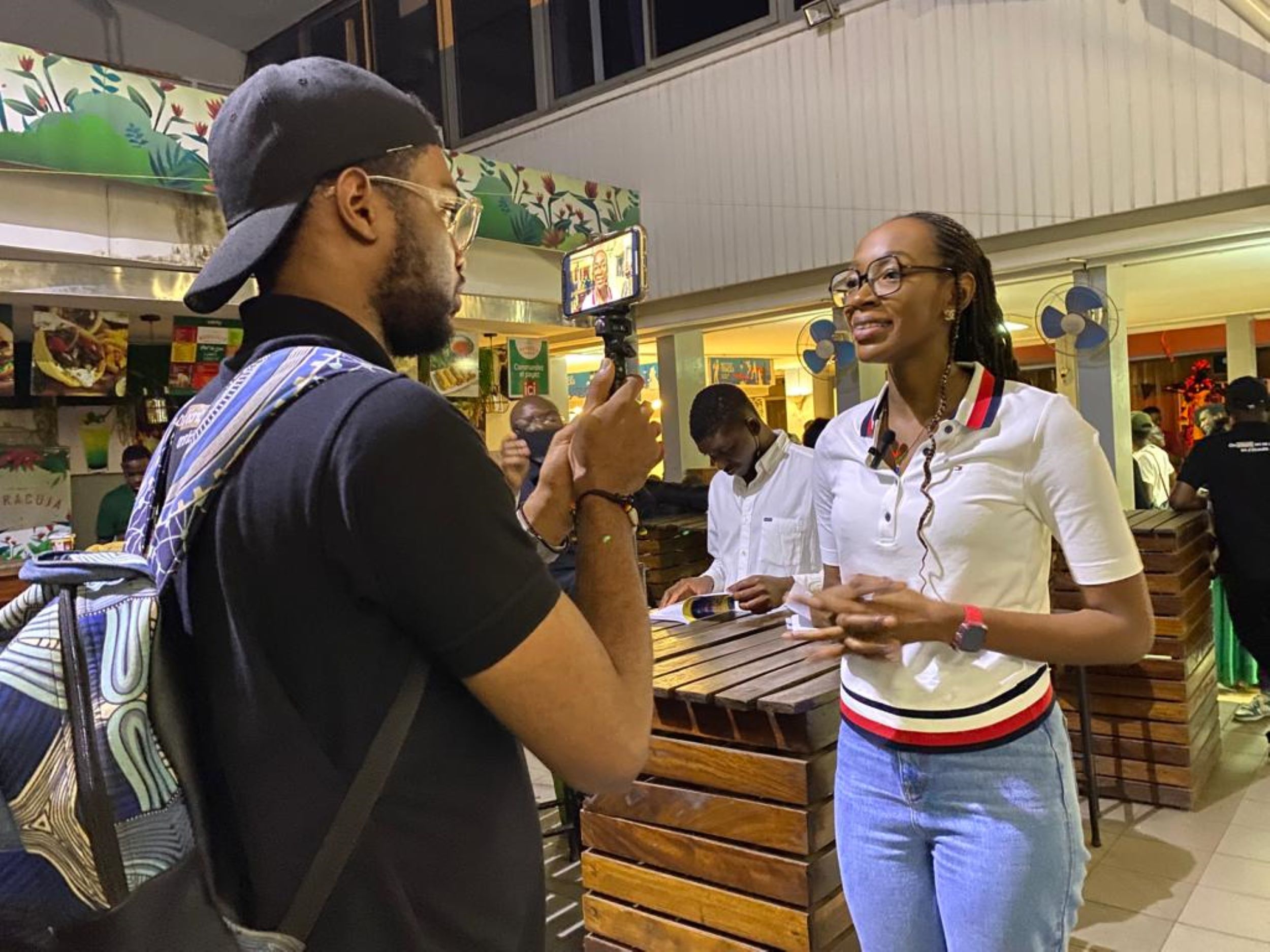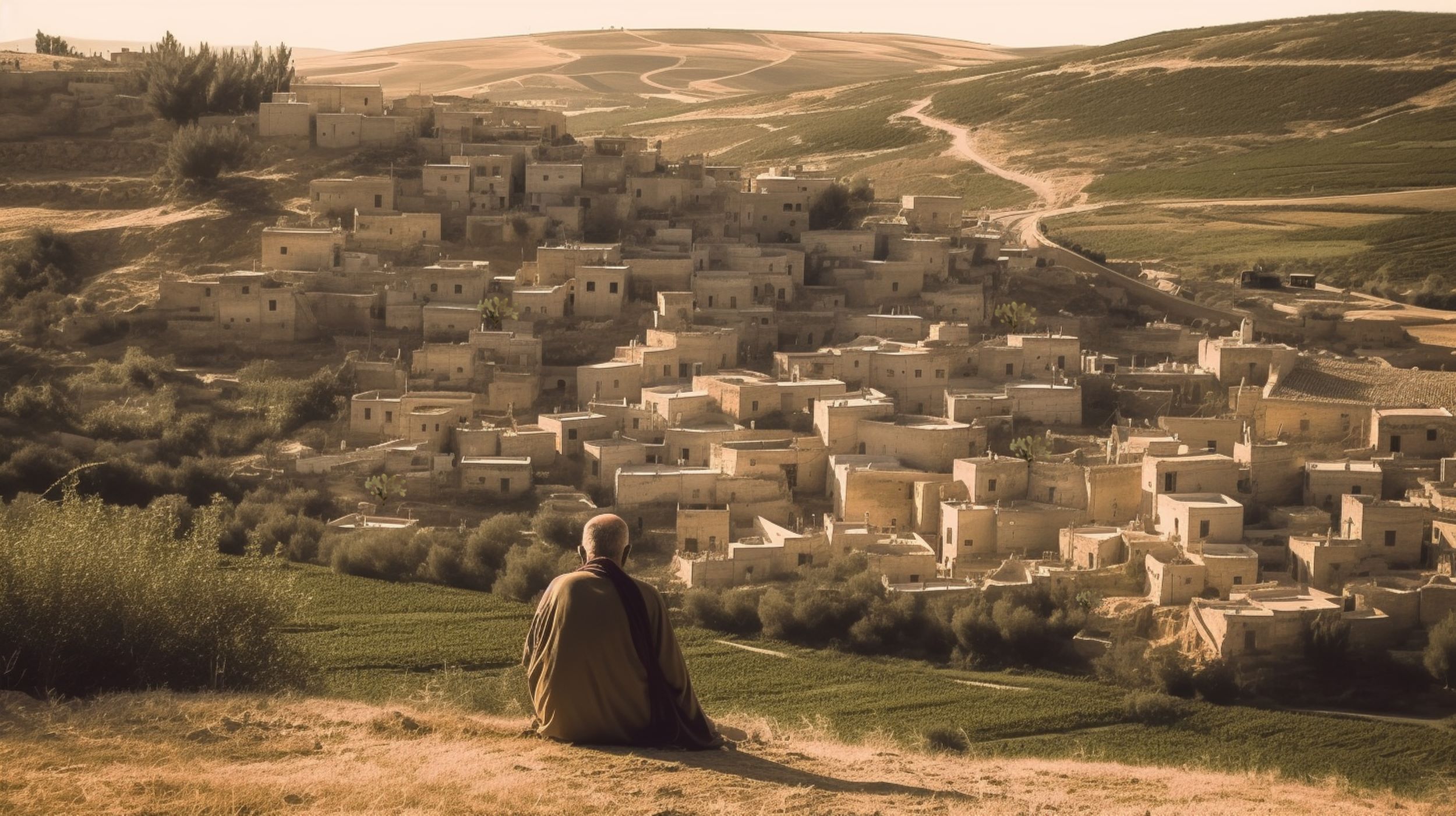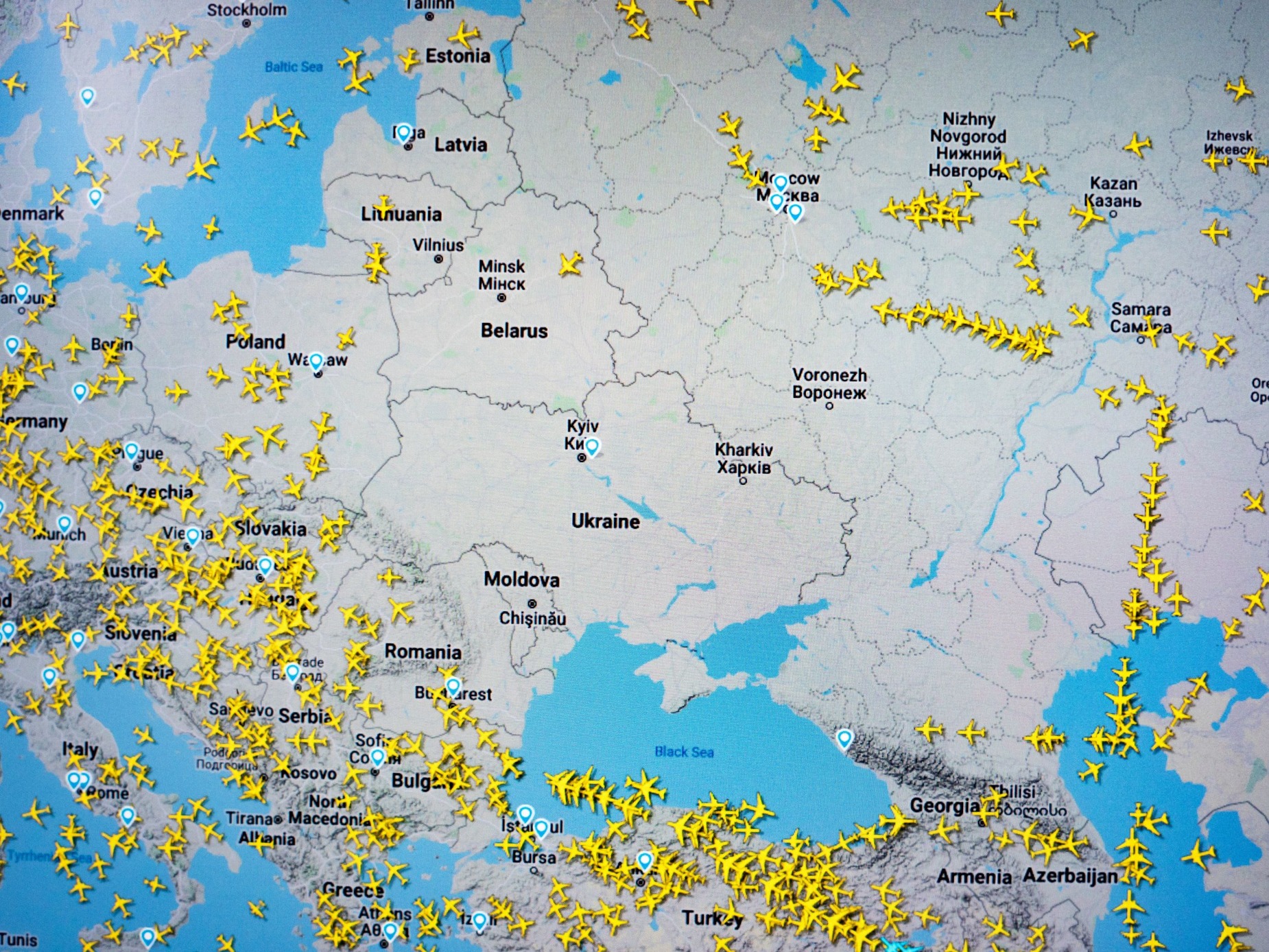في كتابه "تاريخ لوسائل الإعلام" الذي صدر للمرة الأولى سنة 1996، يسرد جون نويل جونيناي (Jeanneney)، الأكاديمي والمؤرخ والصحفي والسياسي الفرنسي البارز، وقد سبق له أن كان سكرتير دولة لمرتين على التوالي وشغل مناصب عديدة هامة بينها رئاسة راديو فرنسا ورئاسة المكتبة الوطنية الفرنسية، يسرد جونيناي تاريخ الإعلام من القدم حتى اللحظة الراهنة، ما يتطلب منه مع كل طبعة جديدة إضافة مواد جديدة للّحاق بالحاضر. على هذا المنوال، في الطبعة الثالثة سنة 2001، أضاف فصلاً جديداً عن الإنترنت "غزوة الإنترنت: ألم يعد أي شيء كما في السابق؟"، وفي طبعة 2010 ضاعف من حجم هذا الأخير ليلحق بالتطورات، مع إضافات محدودة إلى الفصول الأخرى، كما عاد واستدرك آخر التطورات في الطبعة الأخيرة التي صدرت سنة 2015. ما استوقفني بشدة في الفصل الأخير هو الحرج الذي يبدوا الكاتب أنه يتخبط فيه وهو يحاول وضع نقطة الخاتمة. هو يريد أن يروي تاريخ الإنترنت حتى اللحظة الراهنة، إلا أنه ما أن يحاول تثبيت قدمه في الحاضر حتى ينزلق رغماً عنه إلى أفق التخمينات والتكهنات المفتوح على وسعه، وللخروج من الورطة، نراه يضطر إلى تخصيص ملحق عن مستقبل الإنترنت يستهله بالتذكير بأنه لا يقع على عاتق المؤرخ التكهّن بالمستقبل. يظهر هنا كما لو كان عصر الإنترنت أطاح بإحداثيات المؤرخ التقليدية، ذلك أن كتابة التاريخ تتطلب موطأ قدم في الحاضر، وفي زمن الإنترنت ما من حاضر أو موطئ قدم، بل دفق أعمى يطفح على المستقبل ويجرفك ما إن تضع قدمك فيه. هو زمن أقرب إلى الشلال منه إلى نهر هرقليطس الذي لا يسع المرء أن ينزل فيه نفسه مرتين.
يستهل جونيناي الفصل عن الإنترنت بمقولة خوان لويس سبريان (Cebrián)، مدير مجموعة بريزا (Prisa) الإسبانية للصحافة: "في حال لم نتأقلم مع تطورات المحيط التكنولوجي، فسنغدوا قريباً آخر القاطنين في حديقة ديناصورات". بعد موجز عن المحصلة التقنية التي تمخضت عن الإنترنت بشكله الحالي، يعتبر جونيناي بأنه حتى لو كانت نسبة 99% من المعطيات المتداولة على الشبكة لا تدخل في نطاق المعلومات التي تعنى بها وسائل الإعلام التقليدية (السياسية، الاقتصاد، الرياضة إلخ)، فنسبة 1% الباقية تكفي وحدها لجعل الوافد الجديد منافساً مرهوب الجانب لهذه الأخيرة. إلا أنه يبدي تحفظاته حيال توقعات بعض المراقبين بأن الإنترنت سيبتلع كل وسائل الإعلام السابقة ويأخذ مكانها، ويدعو هؤلاء إلى عدم التسرّع، مذكراً بأن كلاماً من هذا القبيل قيل مع صعود الراديو في ثلاثينيات القرن الماضي، كما قيل مع انتشار التلفزيون في الخمسينات.
بحسب جونيناي، الجديد الجذري الذي يحمله الإنترنت يكمن في قدرته اللامحدودة على مراكمة وحفظ المعلومات، كما يكمن في مضاعفة عدد ناقلي المعلومات بصورة غير مسبوقة ليصبح غير قابل للتحديد على غرار عدد متلقييها. ذلك أنه مع الإمكانيات التي تتيحها الشبكة، لم يعد نقل المعلومات بمعناه الإعلامي حكراً على الصحفيين، بل صار بوسع كل متلق للمعلومة أن ينقلها بدوره. فبوسع مستخدم تويتر مثلاً أن يوصل تغريدته إلى عدد من المتلقين يوازي عدد قراء صحيفة صغيرة.
يسهب جونيناي في تعداد آثار الأنترنت الإيجابية والسلبية على وسائل الإعلام التقليدية: أولاً، سهّل الإنترنت عمل الصحفييين في البحث والتقصي إلى حد كبير، فرابط البحث على غوغل أكثر فعالية وأقل كلفة بما لا يقاس من أساليب البحث التقليدية في الموسوعات والأرشيفات والمكتبات. من جهة أخرى، وسّع الإنترنت حدود وسائل الإعلام التقليدية المكانية والزمنية بصورة غير مسبوقة. مكانياً، لم تعد الصحف محدودة بمجال التوزيع كما لم يعد الراديو والتلفزيون محدودين بمجال البث: بعد أن صارت كل وسائل الإعلام التقليدية متوفرة على الشبكة، صار بوسع المتابع الاطلاع عليها من أي مكان في العالم ليس فيه حظر على الإنترنت (وهذا مع سهولة الالتفاف على حظر الإنترنت مقارنةً بوسائل الإعلام الأخرى). أما زمنياً، فلم يعد المتابع مربوطاً بزمن البث المباشر أو تاريخ صدور الصحيفة، بل صار بوسعه استشارة أعداد الصحف القديمة وحلقات التلفزيون السابقة على الشبكة متى شاء وبدون أن يتطلب منه ذلك أي جهد. من جهة أخرى، سرعة نقل وتداول المعلومات على الشبكة زادت من صعوبة "السكوب" (السبق الصحفي) ودفعت بحدة التنافس عليه إلى أقصاها بين وسائل الإعلام التقليدية. فهذه الأخيرة صارت تلهث وراء الأخبار المتناقلة على الشبكة والمنشورة على "البلوغات"، وتسمح بنشرها قبل أن يتاح لها الوقت الكافي للتحقق من صحتها، ما أدى إلى فضائح عديدة وأضر بسمعة صحف وقنوات تلفزيونية مرموقة. إذا كان الإعلام المرئي والمسموع تمكن من هضم الخسائر والتأقلم مع التكنولوجيا الجديدة، فالصحافة المكتوبة تعاني اليوم أزمة مصيرية. في البداية، حاولت الصحف تجاهل الوافد الجديد والاكتفاء بطبعتها الورقية، وفي غضون ذلك، انتبه رجال الأعمال البرغماتيون بسرعة إلى أهمية التكنولوجيا الجديدة وانزلق مردود الدعايات من الصحف إلى الشبكة، كما عمد "غوغل" إلى "سرقة" المواد المعلوماتية من الصحف قبل أن يرضى متأخراً بدفع تعويضات غير كافية لقاءها. وحين قامت الصحف، بعد طول تردد، بفتح مواقع لها على الشبكة، توقعت النقابات الصحفية بأن تدر هذه المواقع أرباحاً كبيرة بسبب تحررها من نفقات الورق والطباعة والتوزيع، وفاتها أن المستهلكين أيضاُ يعرفون ذلك وهم غير معتادين على الدفع لقاء مطالعة المواد على الشبكة. للتأقلم مع ثقافة ومزاج هذا الجمهور الجديد، اضطرت الصحف بسرعة لعرض مواقعها الإلكترونية بالمجان أو بأسعار منخفضة للغاية بحيث صارت الدعايات تؤمن مردودها الرئيسي، وفي هذه الأثناء، انزلق عدد كبير من مطالعي الطبعات الورقية إلى المواقع الإلكترونية الوليدة. ومع التدني المتزايد لمردود المادة الصحفية المباشر الذي كانت تؤمنه الطبعة الورقية، صارت الصحف مرتهنة أكثر فأكثر لمردود الدعايات والتمويلات الخارجية، مما أضعف إلى حد كبير من مصداقية وحيادية المادة التي تقدمها. فمثلاً، في نهاية سنة 1990، كانت صحيفة "نيويورك تايمز" ترفق مقالات النقد الأدبي على موقعها الإلكتروني برابط مع قناة بيع الكتب الأولى في الولايات المتحدة "بارنز آند نوبل" (Barnes and Noble)، وكانت تتقاضى عمولة لقاء كل كتاب يُباع بهذه الواسطة، مما أثار تساؤلات جدية حول حيادية النقاد. ليس مستبعداً البتة أن تغدو الصحف الورقية في زمن غير بعيد مهددة بالانقراض، فمتوسط أعمار قرائها اليوم يرتفع بسرعة مع انصراف الأجيال الجديدة عنها، ومن سنة 1946 إلى سنة 2010 انخفض عدد هؤلاء في فرنسا بنسبة الثلثين. إلا أن أثر الإنترنت الأخطر على الإعلام لا يكمن بتهديد قطاع إعلامي بعينه، بل بقلب الموازين بصورة فاضحة لصالح موزعي المواد المعلوماتية على حساب منتجيها، فالانخفاض المتزايد لمردود هذه الأخيرة يؤدي بداهةً إلى تدني مستواها وابتذالها، بحيث تتقلص المسافة أكثر فأكثر بين المعلومة الصحفية الرصينة وشائعة الشارع.
ضد دعاة الحرية المطلقة على الشبكة، يستشهد جونيناي بمقولة لاكوردير (Lacordaire) الشهيرة: "بين القوي والضعيف، بين الغني والفقير، بين السيد والخادم، الحرية هي التي تقمع والقانون هو الذي يحرّر". انطلاقاً من هذه القناعة، يؤيد جونيناي سن قواعد صارمة لعمل الشبكة ووضعها برسم جهاز رقابي فعال لحماية الملكية الفكرية ومكافحة الأنشطة اللاقانونية على أنواعها على غرار التحريض العنصري والدعاية الإرهابية والتحرش الجنسي بالأطفال. أما عن مستقبل الصحافة المكتوبة، فهو يدعو الصحف المرموقة إلى الانسحاب من سباق "السكوب" والتفرغ لتنظيم دفق المعلومات على الشبكة وفصل الصالح فيها عن الطالح.










